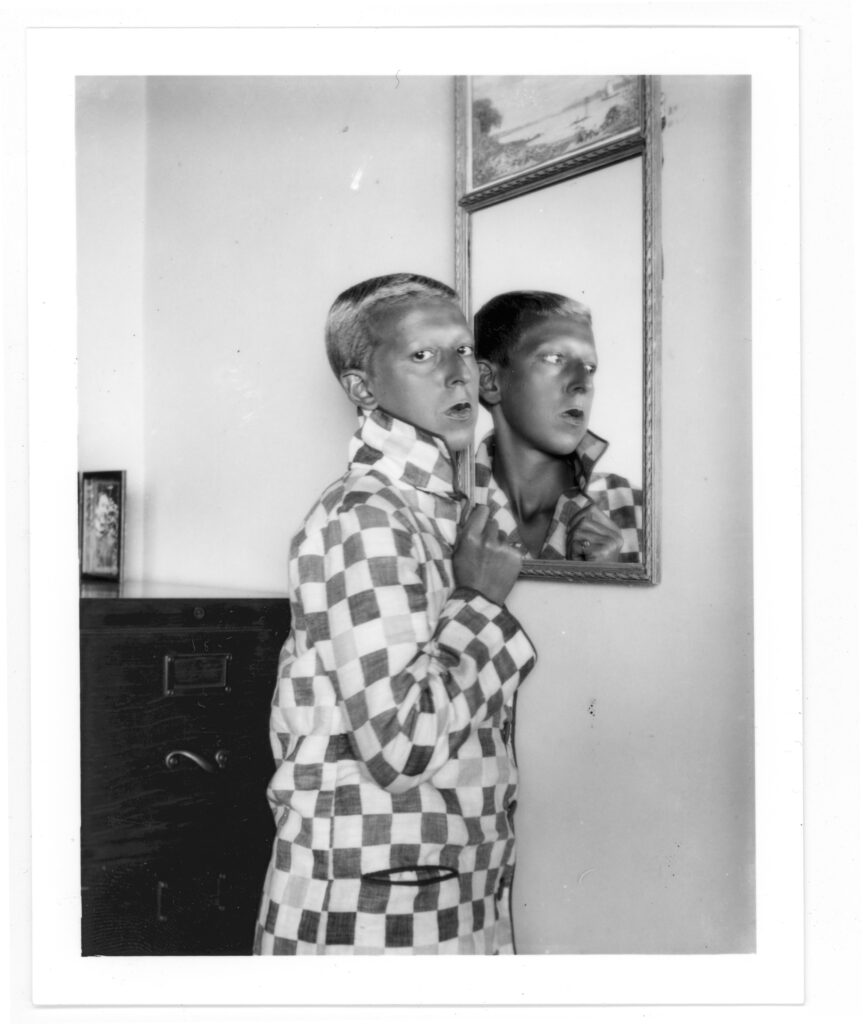Paper Bullets: How two queer artists fought the Nazis
A new book tells the unknown story of how two lesbian artists fought fascism in World War II.
The new historical non-fiction book, Paper Bullets: Two Artists Who Risked Their Lives to Defy the Nazis by Jeffrey H. Jackson, shines a light on two queer trailblazing artists who fought political oppression in the way they knew how: through artistic subversion.

Jackson is an expert on European history and culture and he has returned to two avant-garde 1920s and ’30s queer artists: Claude Cahun and Marcel Moore to uncover their little-known fight again fascism.
You may not be familiar with either gender norm-defying artist — two French women whose real names were Lucy Shwob and Suzanne Malherbe.
Christian Dior created a fashion line inspired by them, contemporary visual artist Cindy Sherman admired their work, and David Bowie financed an art exhibition of their work.
Paper Bullets vividly portrays the little-known story of Schwob and Malherbe’s brave and dangerous years-long agit-prop campaign, in which they used visual art to undermine the Nazi propaganda machine.

From 1940 to 1944, while German troops were occupying the British Channel Island of Jersey, where they lived together as lovers, Schwob and Malherbe wrote and distributed “paper bullets” — insults against Hitler, calls to revolt, and insurgent dialogues in the form of notes which they would slip inside soldier’s pockets, leave on the windshields of military vehicles, or tuck inside newsstand magazines.
These notes were written under the fictional persona of a Nazi soldier called “The Soldier with No Name.” The idea was to plant seeds of doubt and gradually weaken the soldiers’ morale.
They were enemies of the Third Reich. Lesbians, and artists whose work would no doubt be viewed as “degenerate,” Schwob was also half Jewish, and both women had communist ties in Paris, and socialized with Left Bank artists like Gertrude Stein.

But resistance was a risky business and eventually Schwob and Malherbe were captured in 1944, when the Germans imprisoned them, tried them, and sentenced them to death for their actions. Even from jail, they continued to fight against their oppressors.
Jackson was drawn to learn the story of these heroines after seeing their photos and art in the 1990s and 2000s.
“Their story requires us to realize that the histories of women, artists, lesbians, expatriates and intellectuals mattered to the overall history of the war.”
And furthermore, Jackson believes they were able to fight the crushing uniformity of German fascism because they had been pushing against social norms their entire lives.
“In the end, Lucy and Suzanne remind us that a private life lived in struggle can prepare us for the larger battles to come,” says Jackson, who conducted years of research, digging through archives in Jersey, as well as museums and libraries throughout the US and UK.

Paper Bullets: Two Artists Who Risked Their Lives to Defy the Nazis by Jeffrey H. Jackson is available here.






